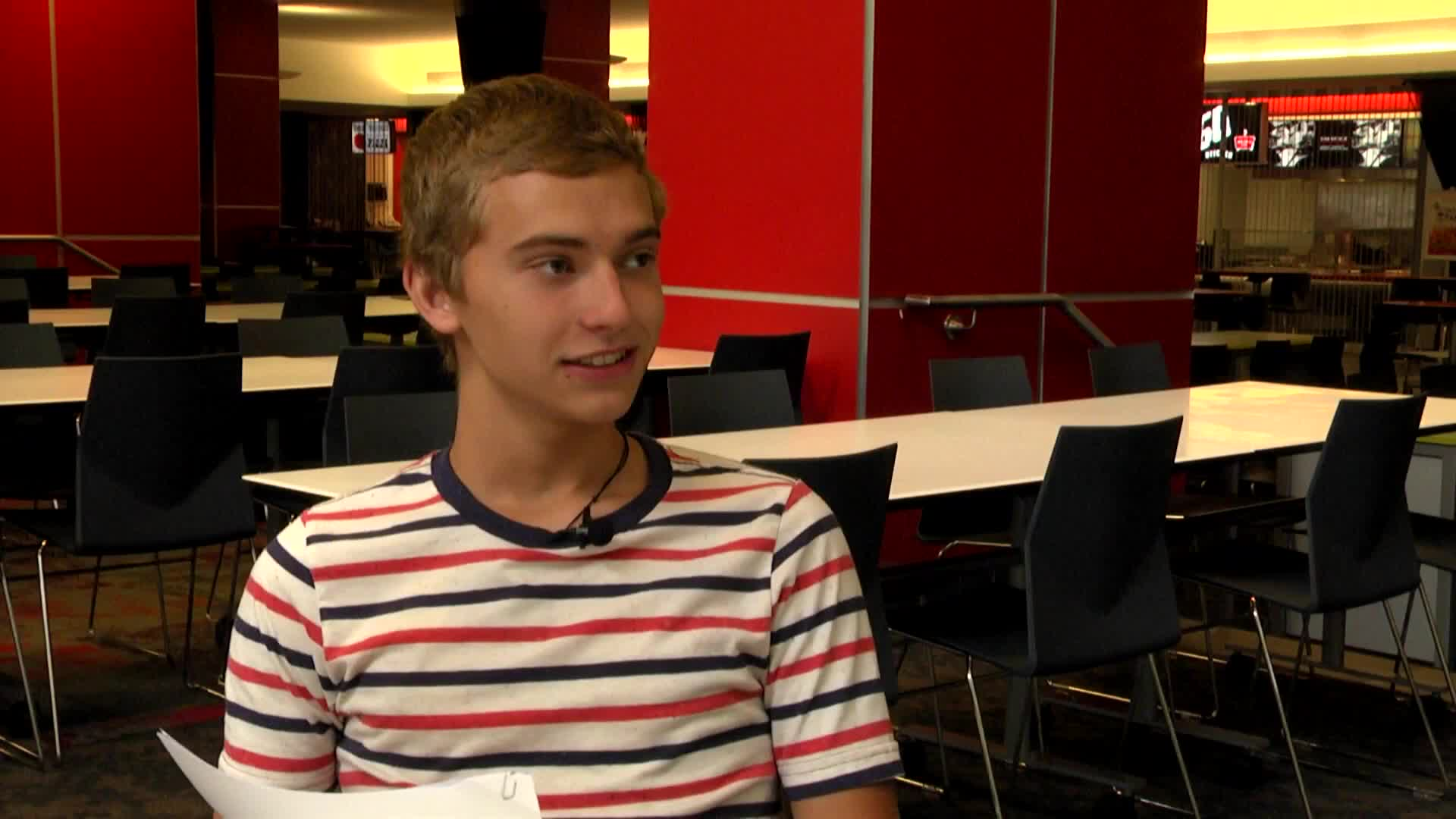
Introduction
As educators, it’s essential to teach students the importance of reading social situations before engaging in conversations. This skill is especially crucial for students in special education, as they may need additional support in understanding and interpreting social cues. Reading social situations involves observing others’ facial expressions, body language, and tone of voice to gauge their feelings and respond appropriately. By developing this ability, students can foster more meaningful connections and better navigate social interactions.
No-Prep Activity: The Emotion Detective
This activity requires no preparation or materials and encourages students to practice reading social situations. Here’s how it works:
- Divide the class into pairs.
- Ask one student in each pair to be the “emotion actor” and the other to be the “emotion detective.”
- Give the emotion actor a specific emotion or situation to portray without using words (e.g., feeling sad because they received a low grade).
- The emotion detective must then observe the emotion actor’s facial expressions, body language, and any other non-verbal cues to determine the emotion or situation.
- Once the emotion detective has guessed the emotion or situation, the pair can switch roles and repeat the process.
This activity helps students practice recognizing and interpreting non-verbal cues, allowing them to become more attuned to the emotions of others and respond empathetically.
Discussion Questions
Use these questions to facilitate further discussions about reading social situations:
- Why is it important to read social situations before starting a conversation?
- How can misreading a social situation lead to misunderstandings or hurt feelings?
- What are some common non-verbal cues that can help us understand how someone is feeling?
- How can we practice becoming better at reading social situations in our everyday lives?
- How might reading social situations be more challenging for students in special education? What additional support can we provide to help them develop this skill?
Related Skills
Teaching students to read social situations is just one aspect of social-emotional learning. Other relevant skills for students to develop include:
- Active listening: Paying full attention to the speaker, making eye contact, and using verbal and non-verbal cues to show understanding.
- Empathy: Understanding and sharing the feelings of others, which helps create stronger, more meaningful connections.
- Assertiveness: Expressing thoughts and feelings respectfully and confidently, while also considering the needs and feelings of others.
- Conflict resolution: Identifying and addressing disagreements or misunderstandings in a respectful and constructive manner.
Next Steps
Now that you understand the importance of teaching students to read social situations, it’s time to put these skills into practice. To access free samples of materials for teaching this skill and others, sign up at Everyday Speech. These resources can help you provide comprehensive social-emotional learning support for your students, equipping them with the tools they need to succeed in social interactions and beyond.

